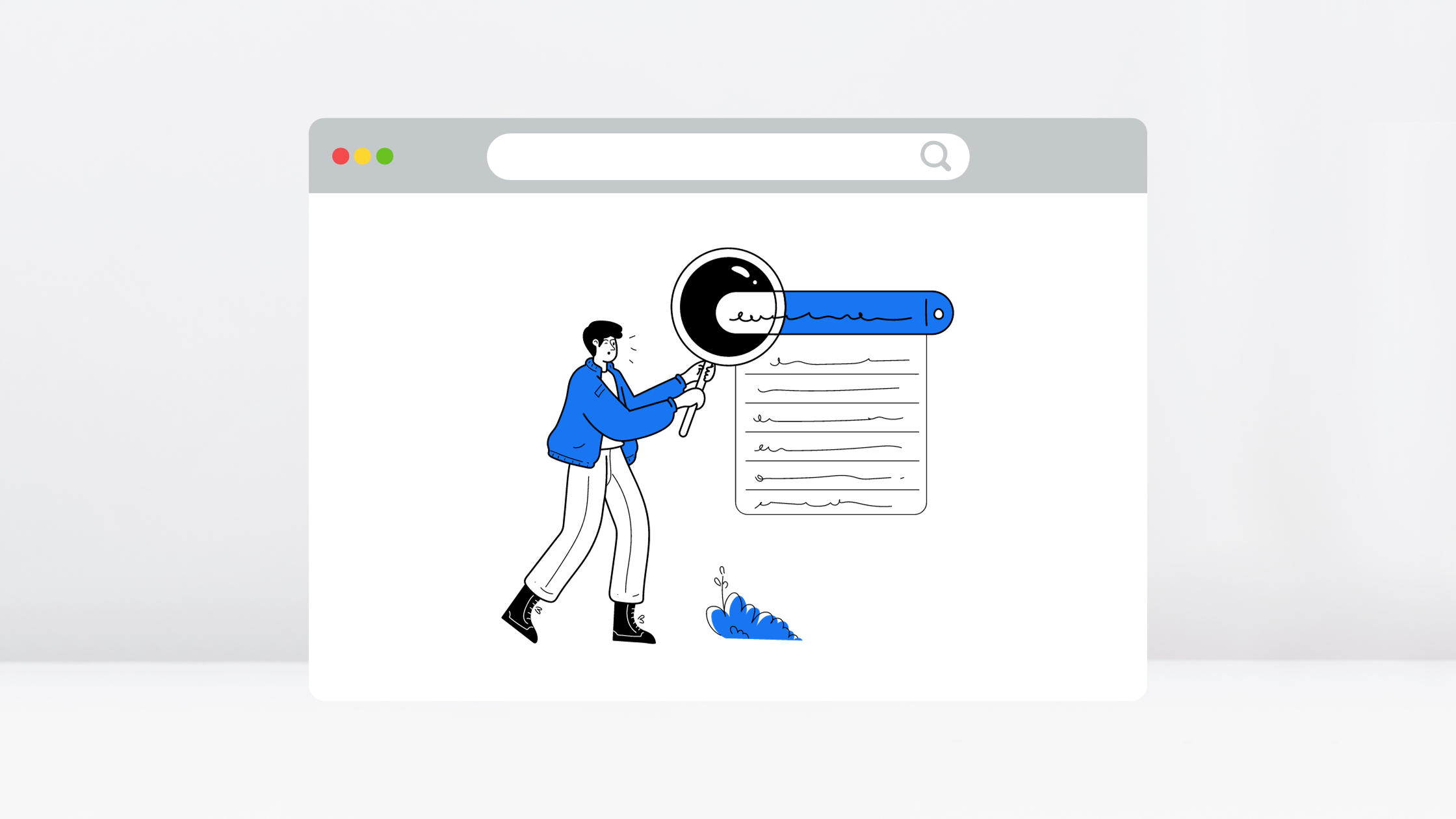Quick Article Summary
- AI Integration in SEO: Google’s introduction of AI responses (SGE) at the top of search results in 2024.
- Traffic Impact: Estimated 10-20% decrease in traffic due to AI integration.
- Opportunity for Increased Content Production: Leveraging AI for a 20-fold increase in content production at much lower costs.
- SEO Strategies for 2024 #1 – Craft Topical Maps: Create topical maps using various tools like Google’s NLP API, ‘People Also Ask’, etc., for extensive keyword generation and clustering.
- SEO Strategies for 2024 #2 – Meet User’s Needs ASAP: Aim to fully satisfy user queries with comprehensive content, ending their search journey effectively.
- SEO Strategies for 2024 #3 – Information Buff: Enhance content with unique insights and personal experiences, aligning with Google’s Helpful Content Guidelines.
- SEO Strategies for 2024 #4 – Quality Backlinks: Focus on acquiring high-quality backlinks to increase domain authority.
- SEO Strategies for 2024 #5 – Branded Search: Encourage searches for your brand and website name, signaling trust and relevance to Google.
Embracing AI Content the Right Way
As we step into 2024, the SEO landscape is undergoing a transformative shift. Google, the titan of search engines, is set to revolutionize how we interact with search results by integrating AI responses directly at the top of the page. This advancement, known as the Search Google Experience (SGE), promises to redefine our approach to digital content creation.
The Challenge Ahead
With innovation comes new challenges. The introduction of SGE is anticipated to lead to an estimated 10-20% drop in traffic across various keywords and topics. This change poses a significant concern for businesses and content creators alike, who rely on organic search traffic.
The Silver Lining: Unprecedented Opportunities
However, every challenge brings new opportunities. The rise of AI in SEO opens the door to exponentially increased content production at a fraction of the traditional costs. Businesses can achieve topical authority at an unprecedented pace, a crucial advantage in a highly competitive digital landscape.
SEO Strategies for 2024 #1: Crafting Topical Maps
The first strategy for effective SEO in 2024 is crafting topical maps. This process involves extensive keyword research using various tools like Google’s NLP API, ‘People Also Ask’, search autocomplete, related searches, Answer The Public, Ahrefs Questions Report, and Reddit, among others. By leveraging these resources, we can generate tens of thousands of keywords, providing a rich foundation for content creation.
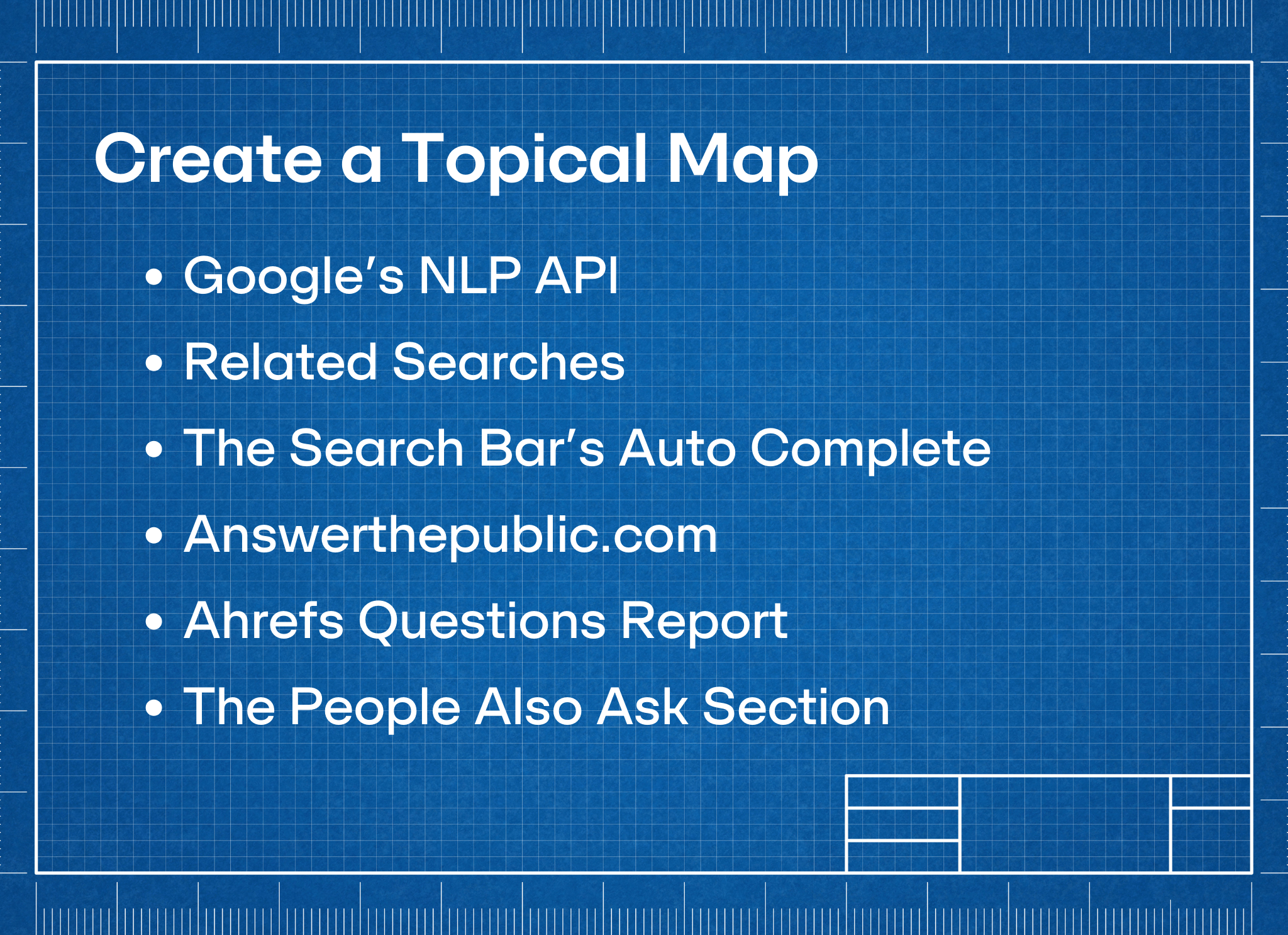
The key to this strategy is the clustering of keywords. This approach ensures that related topics and keywords are grouped, optimizing content relevance and focus.
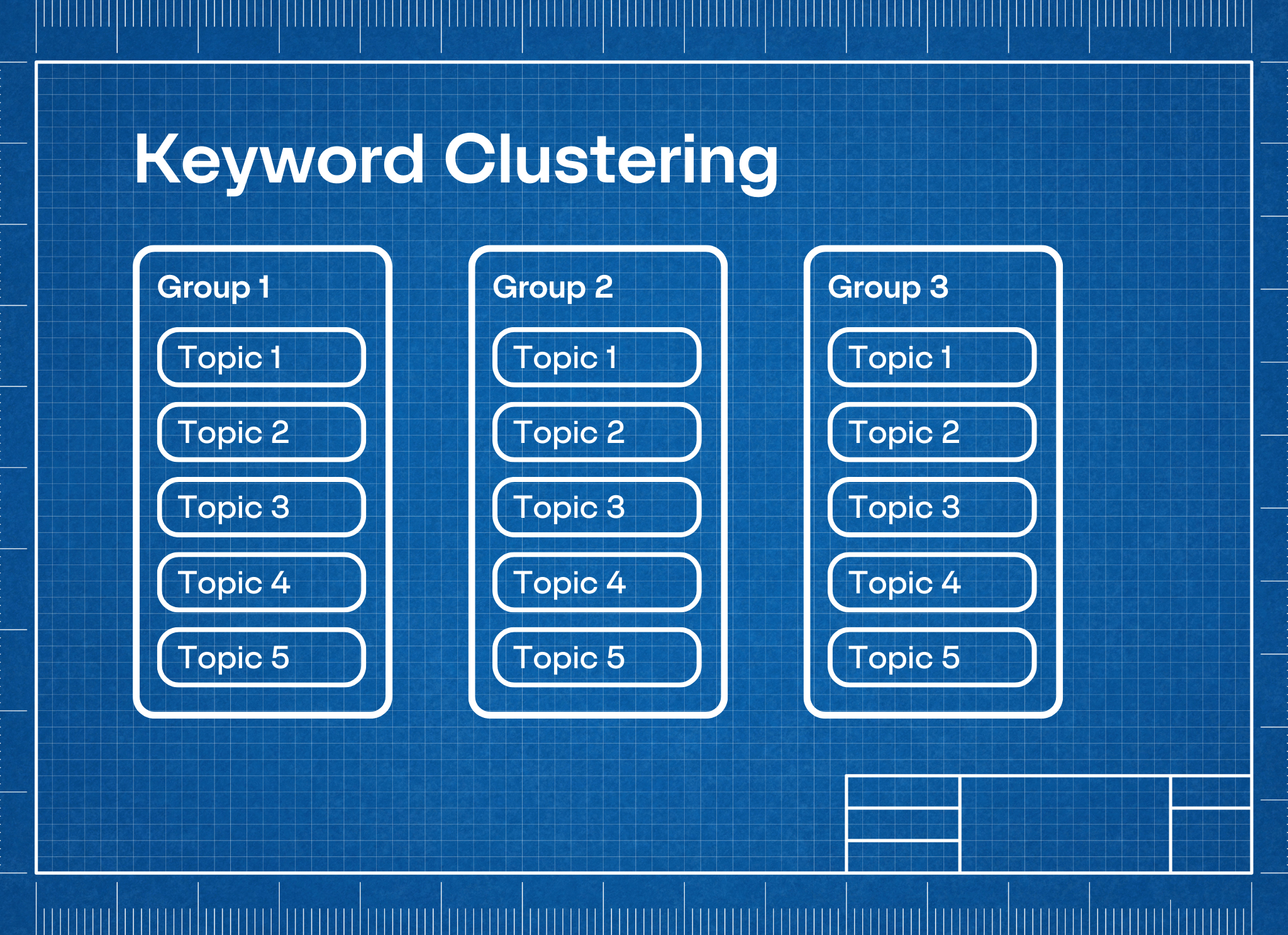
SEO Strategies for 2024 #2: Meet User’s Needs ASAP
In September 2023, Google released its Helpful Content Guidelines update. These guidelines redefined what Google considers the most helpful pieces of content for its user’s search queries. Google warns against creating content that leaves “readers feeling like they need to search again to get better information from other sources.”
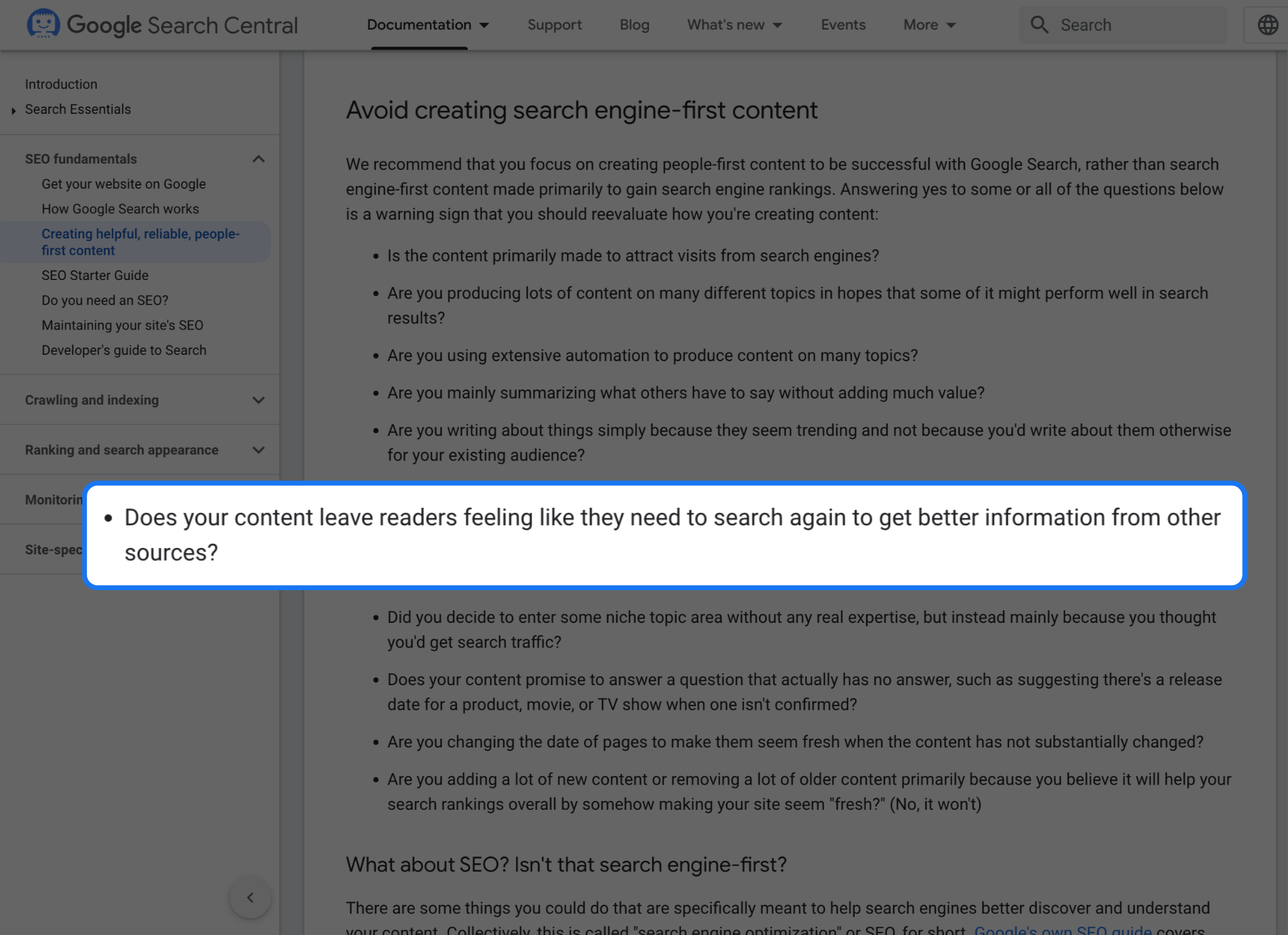
The essence of effective SEO is to conclude the user’s search journey swiftly and satisfactorily. We aim to craft content that fully addresses the user’s query. For instance, if a user reads your article about how to build a custom PC, they should find all the information they need to build a custom PC without having to conduct any further research. This thoroughness is a cornerstone of Google’s Helpful Content Guidelines.
SEO Strategies for 2024 #3: Information Buff
Our next strategy revolves around adding unique insights, perspectives, or personal experiences to your content. This approach aligns with Google’s Helpful Content Guidelines, ensuring your content is not just informative but also engaging and unique.
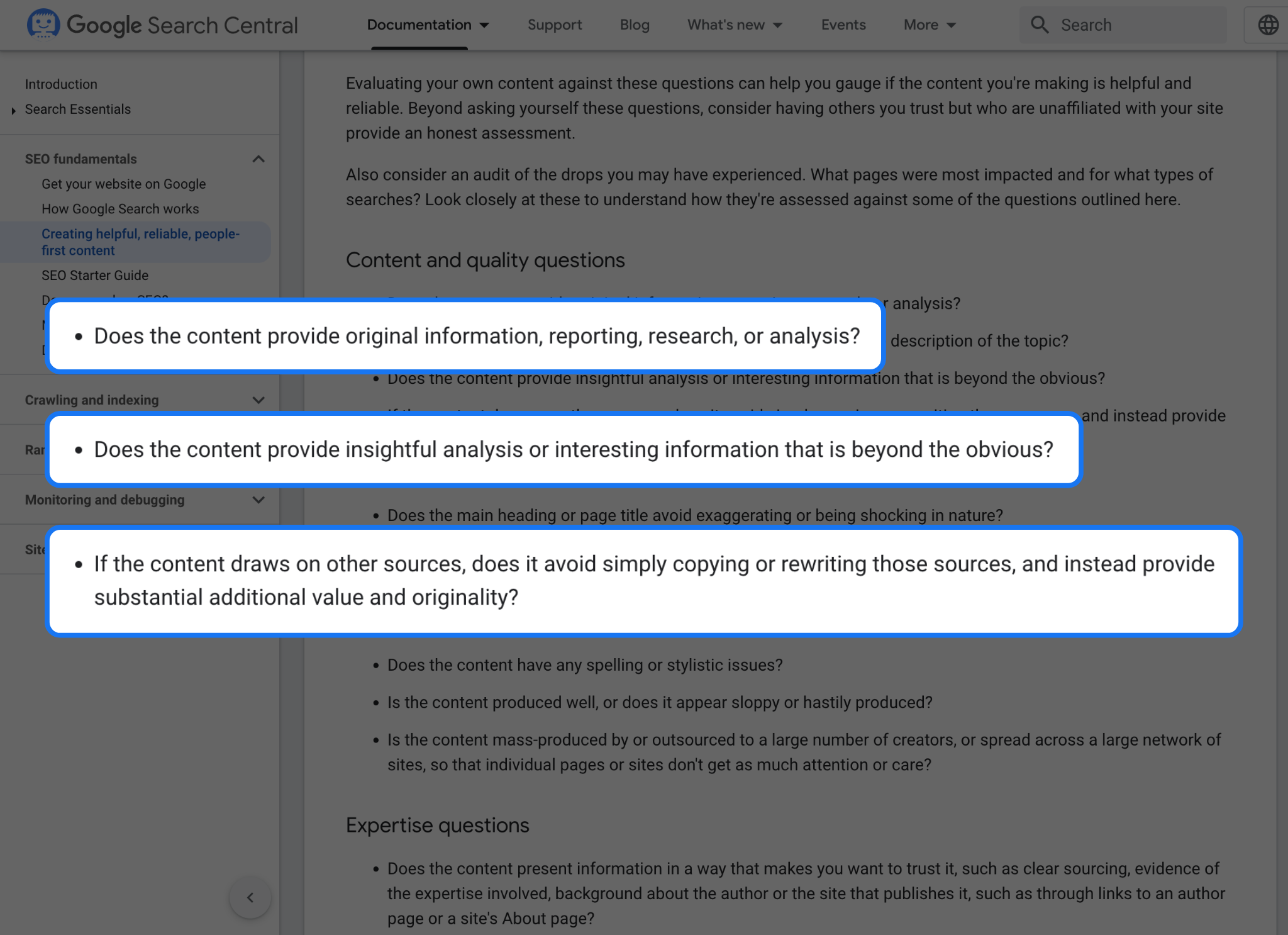
It should be abundantly clear now that Google favors content that is unique and offers valuable insights on topics beyond that obvious. If you’ve worked in a certain industry long enough, chances are you’ve picked up some original insight and information along the way. Including those in your content pieces will help boost their performance and generate more traffic and leads for your business.
You might be thinking “easier said than done.” How can you possibly scale content production with this strategy? After all, if you outsource your content writers, they don’t know the unique information that you do. And if you try to do it yourself, how are you going to produce all that content without losing your mind?
A simple solution is utilizing AI tools as your content writers. AI can become an expert in any field. All you have to do is feed it the necessary information. Using tools like ChatGPT, Surfer AI, and more, you can give it your unique insight and knowledge to reference. Now you can scale your content production with AI that’s equipped with your unique insights.
SEO Strategies for 2024 #4: Quality Backlinks
In the realm of SEO, backlinks remain a vital component. However, the focus has shifted towards the quality rather than the quantity of links. High-quality backlinks significantly boost your domain authority, reinforcing your website’s credibility and search ranking.
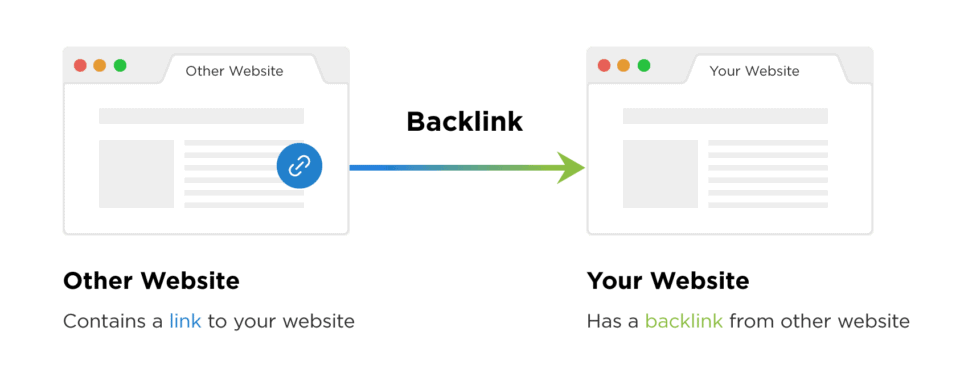
Source: backlinko.com
So, how do you go about getting high-quality backlinks? There are a few effective strategies for this.
Creating Linkable Assets
In 2024, the cornerstone of a strong backlink strategy is the creation of linkable assets. This involves developing engaging and informative content, such as infographics, that naturally encourage other websites to link to your page.
Leveraging Outreach and Business Relationships
Strengthening your online presence through active participation in online communities, forums, and industry publications is crucial. Positioning yourself as a go-to source for bloggers, journalists, and PR professionals can lead to valuable backlink opportunities.
Utilizing Local Directories and NAP Listings
Consistency in Name, Address, and Phone (NAP) listings across various local directories can significantly boost your SEO. This not only helps in local search rankings but also provides authentic back-linking sources.
Promoting Content Effectively
Sharing your content across different platforms, submitting it to directories and aggregators, and engaging your audience with interactive campaigns like giveaways or contests can exponentially increase your content’s visibility and backlink potential.
SEO Strategies for 2024 #5: Branded Search
In 2024, branded search remains a critical component of SEO strategies. It involves the use of brand-specific keywords that are unique to a company or its products. These keywords are instrumental in enhancing brand visibility and authority online. When users search for these branded terms, they are typically further along in the buying cycle, indicating a higher intent to engage with the brand.
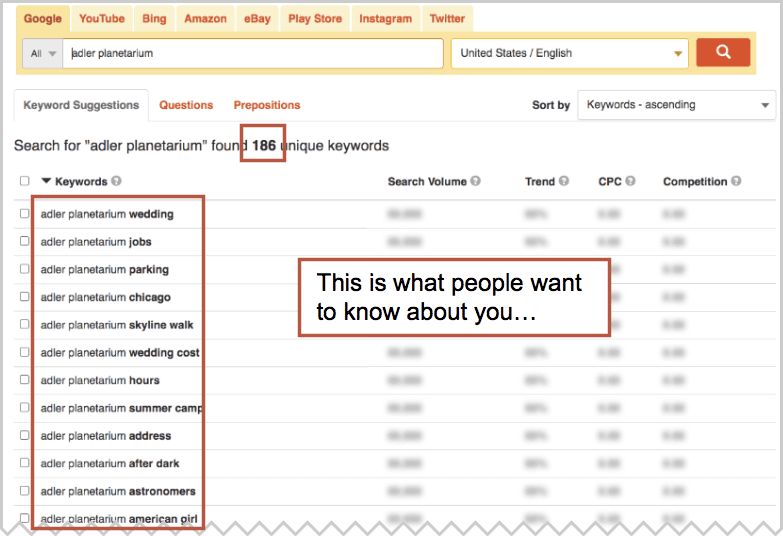
Source: orbitmedia.com
By optimizing for branded keywords, you can ensure that your content aligns closely with what your audience is searching for, leading to increased organic traffic, improved search rankings, and stronger brand recognition. Additionally, branded search helps in monitoring and managing brand reputation, as it allows you to control the narrative around your brand in search engine results.
RLC Media: Your Partner in SEO Success
At RLC Media, we understand the dynamic nature of SEO. Our expertise and forward-thinking strategies are designed to help your business navigate these changes and capitalize on the new opportunities they present. With us, you’re not just keeping up with the trends; you’re setting them.
Click here to learn more about our SEO services and how we can help your business climb to the top results for your key search terms.




